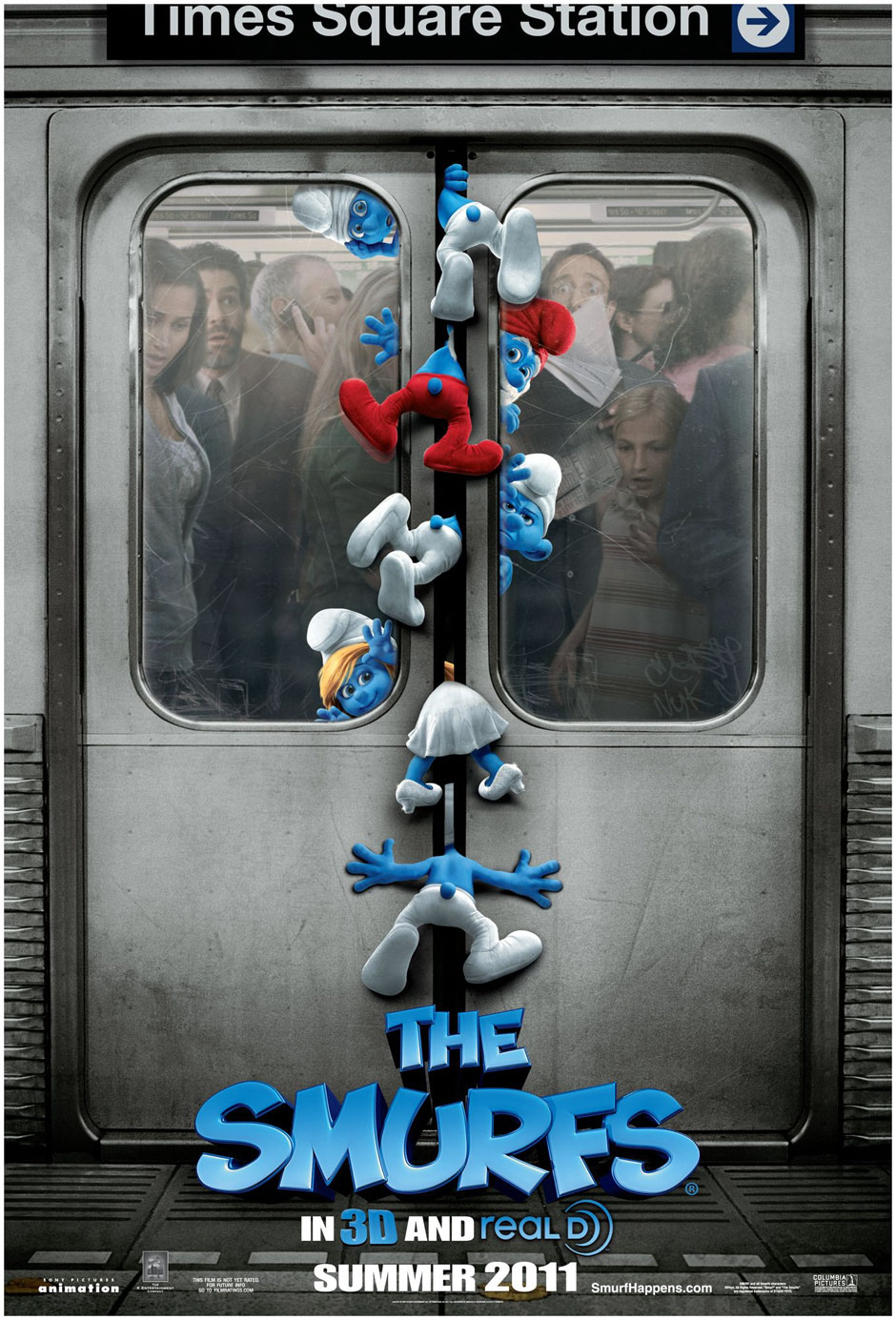In the late 1960s and early 1970s, romance movies and action films were made starred actors like Rajesh Khanna and Dharmendra, and actresses like Sharmila Tagore, Mumtaz, Leena Chandavarkar and Helen. In the mid-1970s, romantic confections made way for gritty, violent films about gangsters and bandits. Amitabh Bachchan, known for his "angry young man" roles, rode the crest of this trend with actors like Mithun Chakraborty and Anil Kapoor, which lasted into the early 1990s. Actresses from this era included Hema Malini, Jaya Bachchan and Rekha.
The 'art film' bent of the Film Finance Corporation came under criticism during a Committee on Public Undertakings investigation in 1976, which accused the body of not doing enough to encourage commercial cinema. The 1970s thus saw the rise of commercial cinema in the form of enduring films such as Sholay (1975), which solidified Amitabh Bachchan's position as a lead actor. The devotional classic Jai Santoshi Ma was also released in 1975. Another important film from 1975 was Deewar. The most internationally-acclaimed Hindi film of the 1980s was Mira Nair's Salaam Bombay! (1988), which won the Camera d'Or at the 1988 Cannes Film Festival and was nominated for the Academy Award for Best Foreign Language Film.
During the late 1980s and early 1990s, again family-centric romantic musicals films were produced, with the success of such films as Qayamat Se Qayamat Tak (1988), Maine Pyar Kiya (1989), Hum Aapke Hain Kaun (1994) and Dilwale Dulhania Le Jayenge (1995), starring new generation of actors like Aamir Khan, Salman Khan and Shahrukh Khan and actresses such as Sridevi, Madhuri Dixit, Juhi Chawla and Kajol. At the same time, successful action and comedy films were also produced, with actors like Govinda and actresses such as Raveena Tandon and Karisma Kapoor appearing in popular comedy films, and stunt actor Akshay Kumar gaining popularity for performing dangerous stunts in action films. Furthermore, this decade marked the entry of new performers in arthouse and independent films, some of which succeeded commercially, the most influential example being Satya (1998), directed by Ram Gopal Varma and written by Anurag Kashyap. The critical and commercial success of Satya led to the emergence of a distinct genre known as Mumbai noir, urban films reflecting social problems in the city of Mumbai. This led to a resurgence of Parallel Cinema by the end of the decade. These films often featured actors like Nana Patekar, Manoj Bajpai, Manisha Koirala, Tabu and Urmila Matondkar, whose performances were usually critically acclaimed.
The 2000s saw a growth in Bollywood's popularity in the world. Some of the largest production houses, among them Yash Raj Films and Dharma Productions were the producers of new modern films. This including Lagaan (2001), Devdas (2002), Koi... Mil Gaya (2003), Kal Ho Naa Ho (2003), Veer-Zaara (2004), Rang De Basanti (2006), Lage Raho Munnabhai (2006), Krrish (2006), Dhoom 2 (2006), Om Shanti Om (2007), Chak De India (2007), Rab Ne Bana Di Jodi (2008), Ghajini(2008), 3 Idiots (2009), My Name is Khan (2010), Raajneeti (2010) & Dabangg (2010) delivering a new generation of popular actors (Hrithik Roshan, Abhishek Bachchan) and actresses (Aishwarya Rai, Preity Zinta, Rani Mukerji, Kareena Kapoor and Priyanka Chopra), and keeping the popularity of actors of the previous decade. Among the mainstream films, Lagaan won the Audience Award at the Locarno International Film Festival and was nominated for Best Foreign Language Film at the 74th Academy Awards, while Devdas and Rang De Basanti were both nominated for the BAFTA Award for Best Foreign Language Film.





















